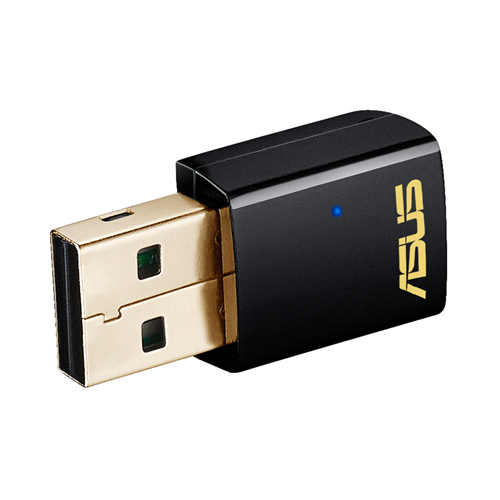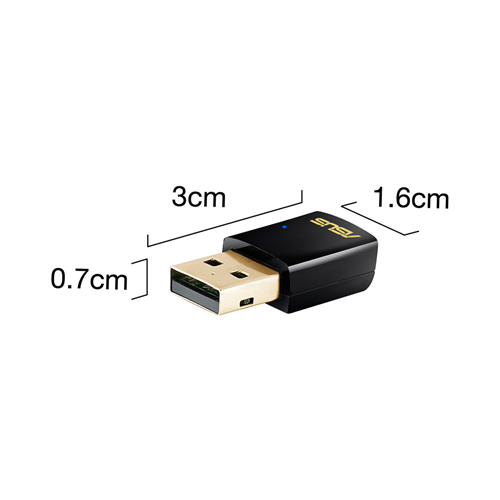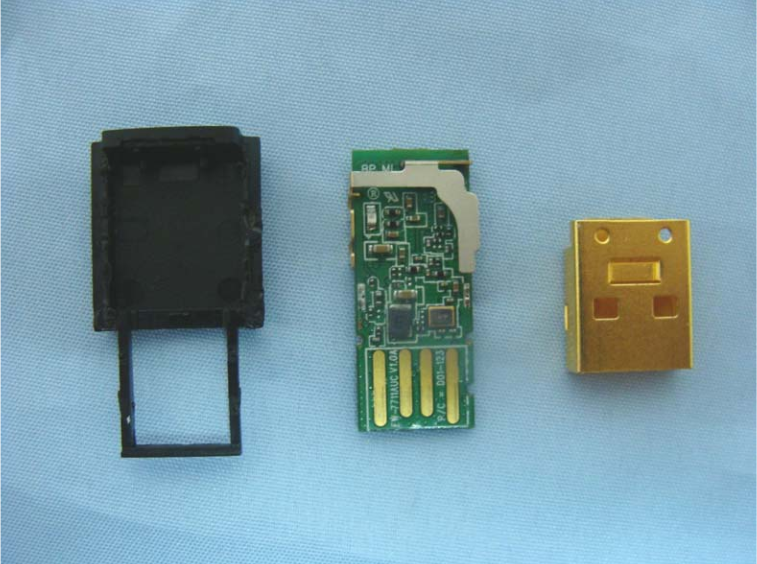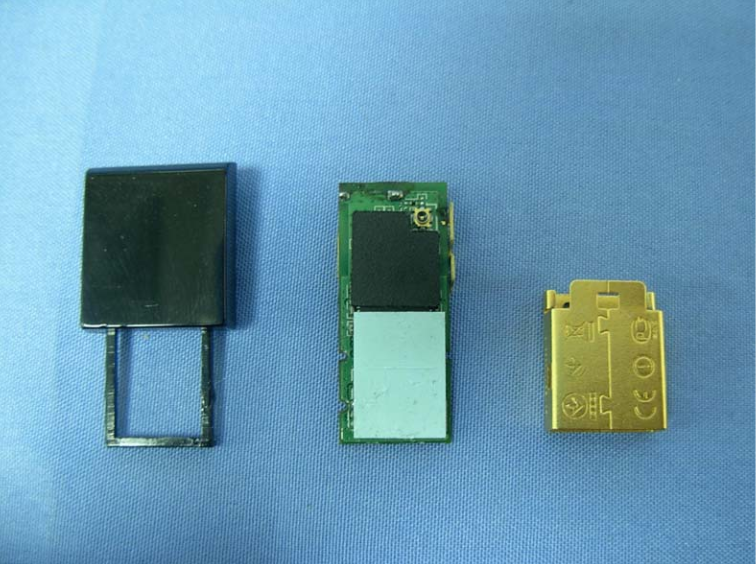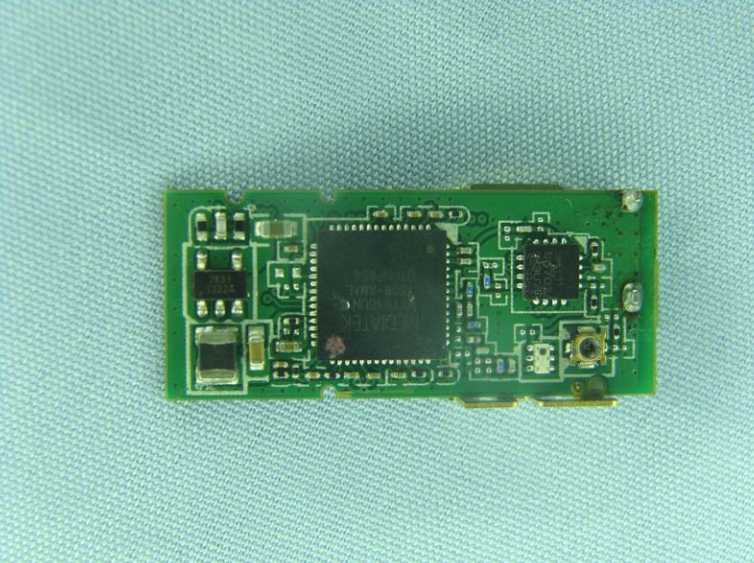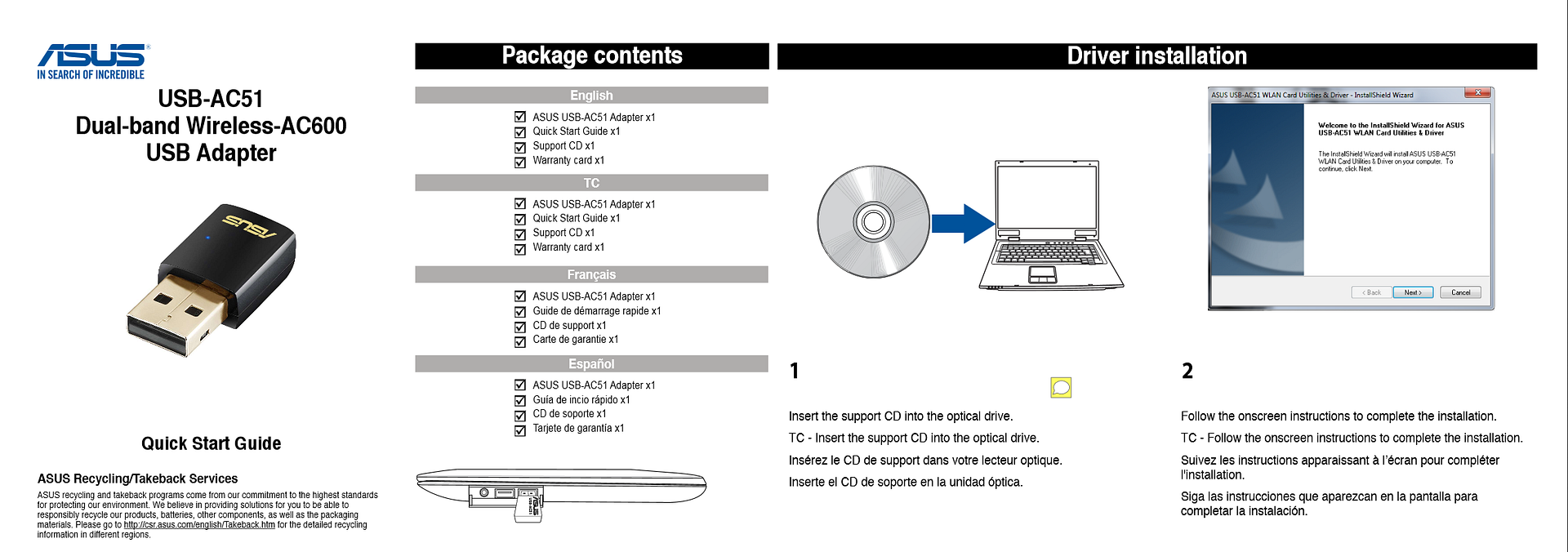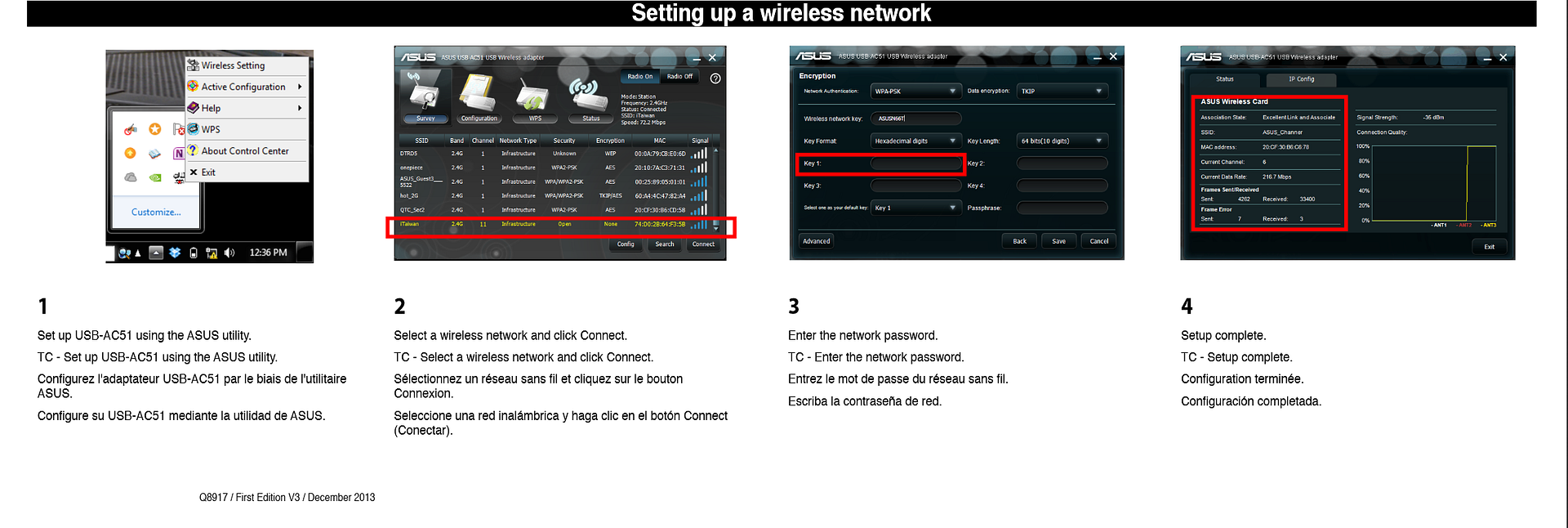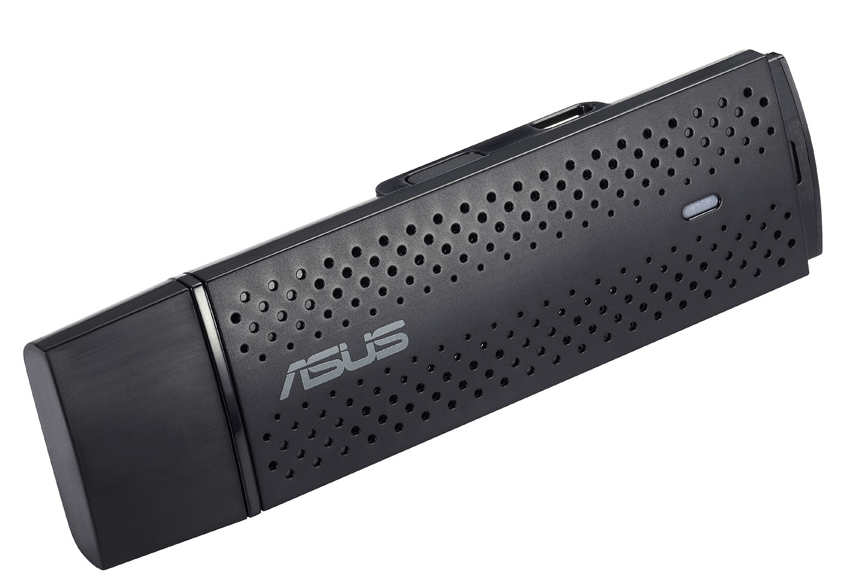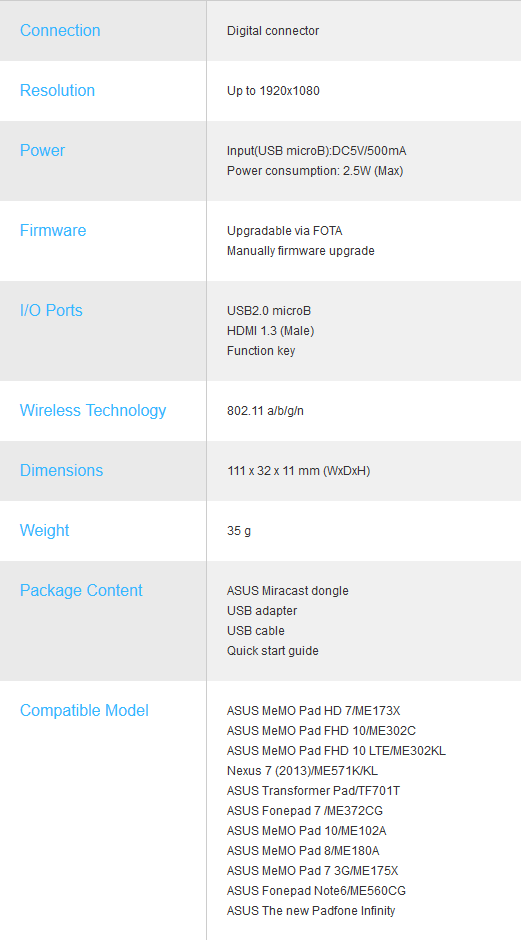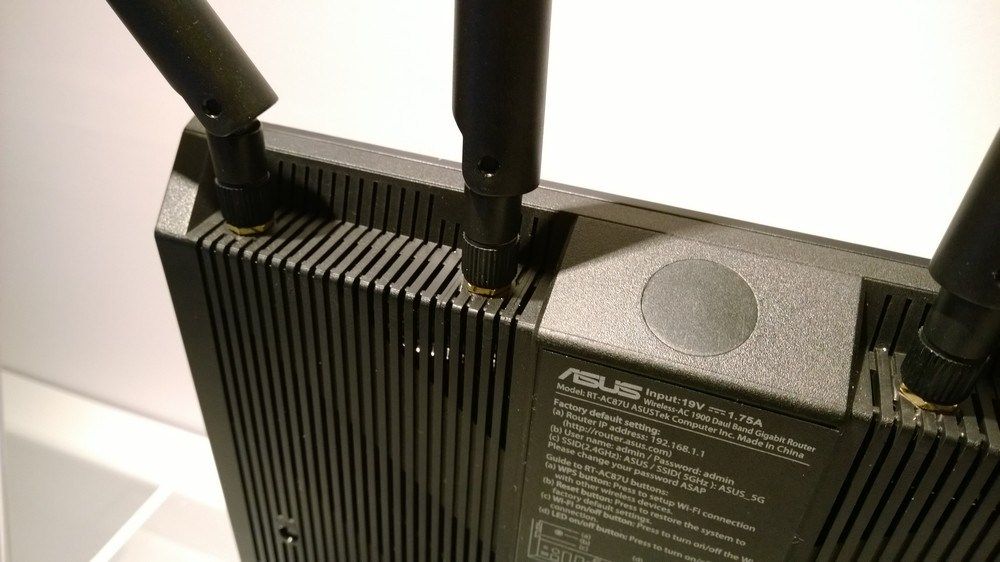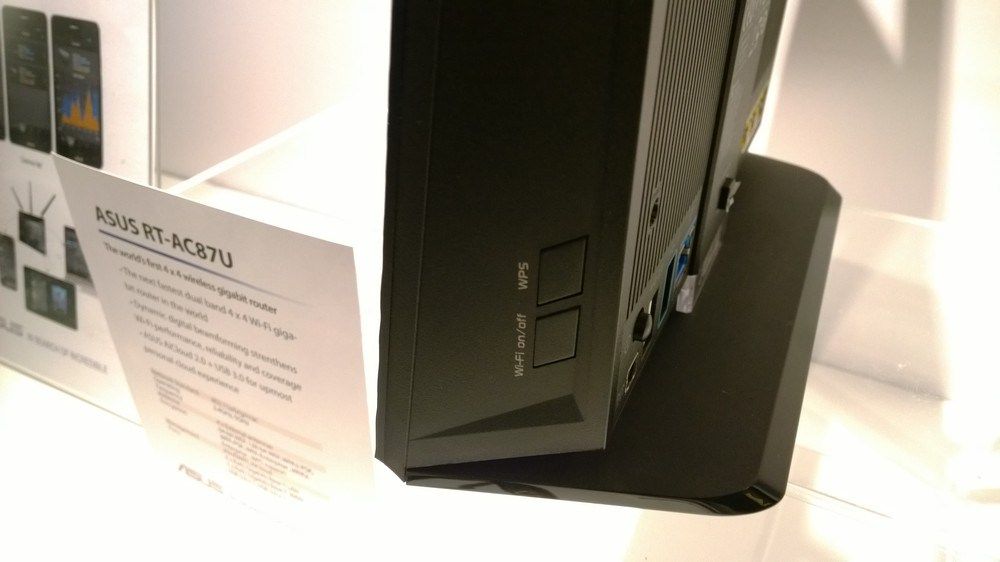According Quantenna Asus will bring the 4-stream router RT-AC87U on the market during the year. The device works on the Gigabit WLAN standard IEEE 802.11ac chipset and uses Quantennas QSR1000 , by up to four antennae, four spatial streams to be processed. So it increases the gross data rate in the 5-GHz band from the usual today with 3 streams 1300 to 1700 Mbit / s, which of course presupposes compatible 4-stream clients. Alternatively, the router may have two clients, each with 867 Mbit / s and different data simultaneously use (multi-user MIMO). This also requires clients to support MU-MIMO.
Although Quantenna indicates the QSR1000 that the device supports 11ac Wave 2. However, there seems to be missing with the 160 MHz wide radio channels is an essential feature of Wave 2, because the manufacturer calls a top speed of just 1700 instead of 3500 Mbit / s However, there is little need for it: Even with 3-stream MIMO c't editorial team was able to achieve short-term payload rates 700-770 Mbit / s in 11ac tests. With four streams then just over 1000 Mbit / s would be possible, which in the usual routers Gigabit Ethernet interface saturates. 11ac with 160 MHz channels would therefore bundling of two GE ports using link aggregation condition or a 10-Gigabit Ethernet port.
It will be exciting if the Asus RT-AC87U finally the 5-GHz technology Dynamic Frequency Selection implemented. So far, it remained at previous products such as RT-AC66U or RT-AC68U with promises, which is disadvantageous for the users: Without DFS may 5GHz bases in this country only use the radio channels 36 to 48, which inevitably leads to mutual interference with neighbors who also 11ac Wi-Fi. Because if two neighboring WLANs operate on the same radio channel, decreases for both the Nutzdurchsatz because they have to share the shared medium in time. However, with respect to DFS, other WLAN manufacturers need to catch up: In the last router test could be operated only 5 of 13 devices to the high 5-GHz channels.
Asus named after publication of the report more details about the RT-AC87U: The router works with two processors, a BCM4709 (ARM Cortex-A9 dual-core 1 GHz) and the unspecified CPU core in QSR1000. As with the RT-AC68U (see test in c't issue 23/13) there is a USB 3.0 and a USB 2.0 port. DFS support needs to be delivered shortly after the release via firmware update. Asus wants to bring the RT AC87U in the third quarter of 2014 for 210 euros on the market.


